Chinese painting is one of the most important aspects of Chinese culture, and it has everything to the Chinese beliefs and history.
The Chinese painting is a representation of the Chinese past, which is the foundation of the present and the future of China, and therefore, it commands respect to the Chinese culture. Essentially, all painters learn the craft from learning and copying their early masters, which is why the Chinese paintings could be thought of as imprinted footprints that reflect and reminisce the past of China while also guiding the future.
Chinese paintings also represent humanity and the fact that we are tiny specks on the universe’s expansive breadth of time and space.
So, the best of the Chinese paintings are revelations of the character of the artist, and the paintings also give meaning to said paintings.
What Is Traditional Chinese Painting(Guohua)?
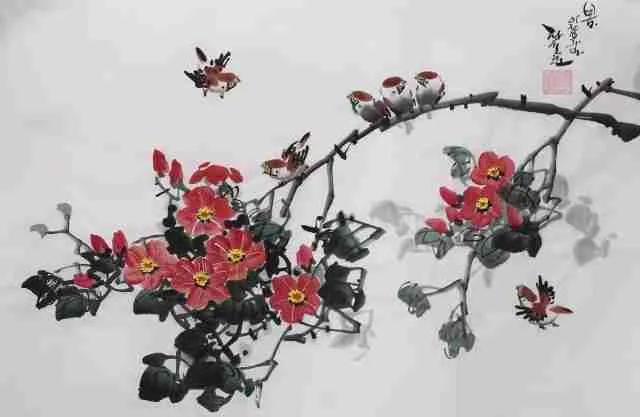
The traditional Chinese paintings can be defined as the Chinese paintings that were created many millennia ago, but still point to the rich Chinese history and also the fact that the paintings introduce us to the past and the lives of the artists.
Most of these paintings date as far back as the 200BC, and they are elegant contemporary pieces that showcase the best of China. The traditional Chinese paintings are predominantly done on silk or paper, and the paintings point to the use of a variety of brushes, dyes, and inks. The subjects of these paintings also vary, but the most common ones cover landscapes, animals, portraits, insects, birds, and flowers.
Note that Chinese painting is regarded as the oldest continuous form of artistic traditions ever created in the world. The traditional Chinese painting style is referred to as the guó huà, which translates to native or national painting. This type of painting is widely different from the western art styles that became popular art forms in China in the 20th century.
Aside from Chinese painting, the other main art forms that China is known for include Chinese calligraphy, interior design, Chinese pottery, enamel work, tapestry, lacquer work, floral decorations, Chinese jade, Chinese architecture, metalwork, and silk.
Chinese Painting (Guohua) History
The Chinese painting dates back to the Han Dynasty of between 206BC and 220AD and also the Tang Dynasty’s rule between 618 and 907. The artists from these eras painted several detailed and very elaborate portraits of the dynasties rulers, as well as the royal court. In some of the earliest and ancient works from the paintings, there were clear depictions of the emperors, their horses, and the ladies. These paintings are well-preserved in burial sites and tombs.
The paintings from the Tang Dynasty time also featured landscape paintings called the shanshui paintings. These paintings were, however, not very precise, and the painters had the freedom to interpret all their subjects.
With the changes in the rules and evolution of the art scene, the paintings from different eras got different classifications. The paintings from the Northern Song period are the Golden Age of the Chinese Landscape Paintings, and they featured the use of black lines and bold strokes. Paintings from the Song Dynasty were mostly landscape paintings of mythical quality and featured outlines of mists and mountains, and the paintings from the Yuan Dynasty had calligraphy and poetry incorporated to enhance the painter’s feelings and thoughts.
Then during the Ming Dynasty, there was the adoption of the color-printing techniques, which was a big advancement at the time. And in the 1700s and the 1800s, there were more advancements in paintings.
Chinese Painting(Guohua) Style
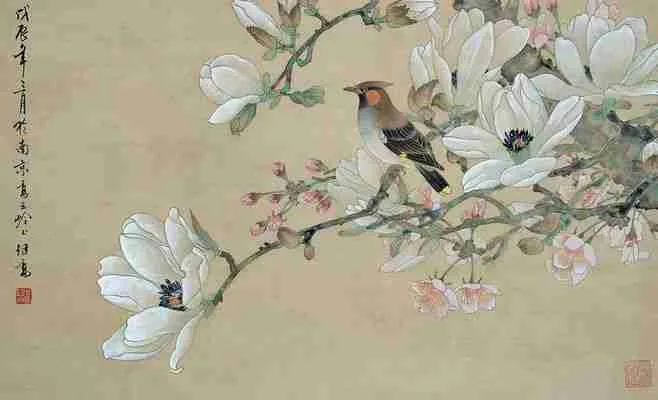
Chinese paintings come in two main painting techniques:
Gongbi – Gongbi means meticulous, and the painting style makes use of highly detailed brushstrokes designed to delimit the details of the paintings with a high degree of precision. These paintings are highly and boldly colored, with depictions of narrative and figural subjects. This painting technique is common with the artists that work with the royal court, as well as the independent workshops.
Ink & Wash paintings – this is also known as the water and ink painting technique. It’s also called a brush or watercolor painting or even literati painting and was considered one of the 4 arts by the Chinese scholar’s official classes. Theoretically, this art was practiced by gentlemen, and there was a distinction in art and writings from the Song Dynasty. This painting style is also known as the freehand or the xieyi style.
What Are The Six Principles Of Traditional Chinese Painting(Guohua)
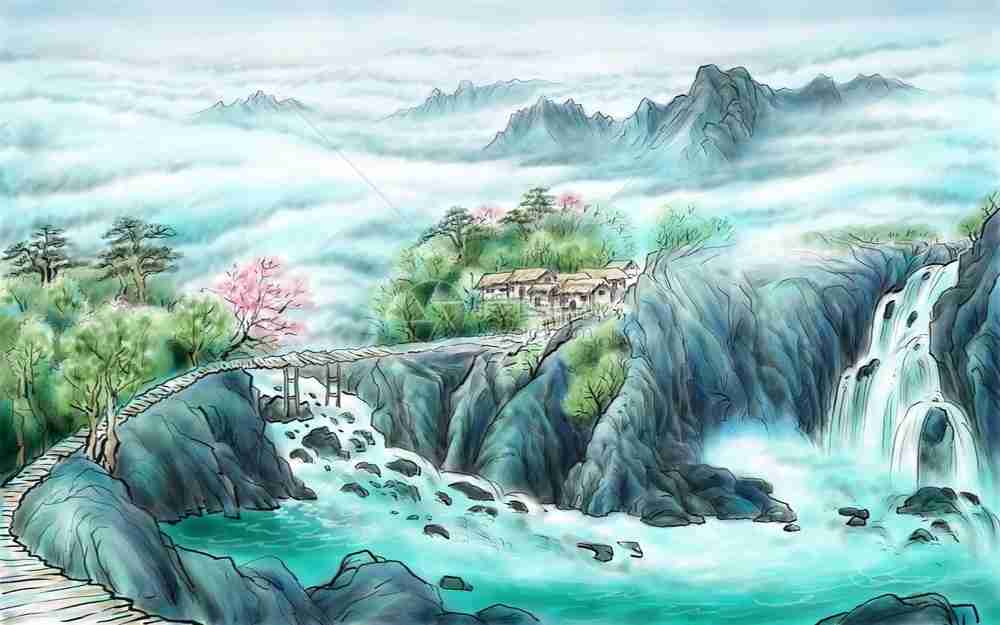
These are the 6 principles of traditional Chinese paintings:
- Spirit resonance – this also means vitality, and it translates to nervous energy that is transmitted from the painter/ artist to their painting work. The overall energy is what makes the art and the unique painting. And according to Xie He, there would be no need to look any further in life without the Spirit Resonance.
- Bone method – in Chinese paintings, the bone method refers to how the painter uses the brush, and it refers to the brush strokes and the texture of the paintwork. It also has to do with the close link between the personality of the painter and their handwriting. At the time when this technique was used, calligraphy was highly incorporated in paintings.
- Correspondence to the objects – this painting technique represents the depiction of form, shape, and lines in paintings.
- Suitability to type – this is the other painting technique that has to do with the application of color, and it also includes elements like the layers of the painting, the value, and tone.
- Planning and division – this technique has to do with the placement and arrangement of elements in the painting. It corresponds with the space, depth, and composition of the painting.
- Transmission via copying – with this technique, there is the copying of different models, and the paintings are based on the life and also antiquity works.
What Are The Characteristics Of Chinese Painting(Guohua)?
Chinese paintings, like Chinese calligraphy, is related to and bound with the nature of the painting’s medium. The main characteristics of the Chinese paintings include:
- Ink
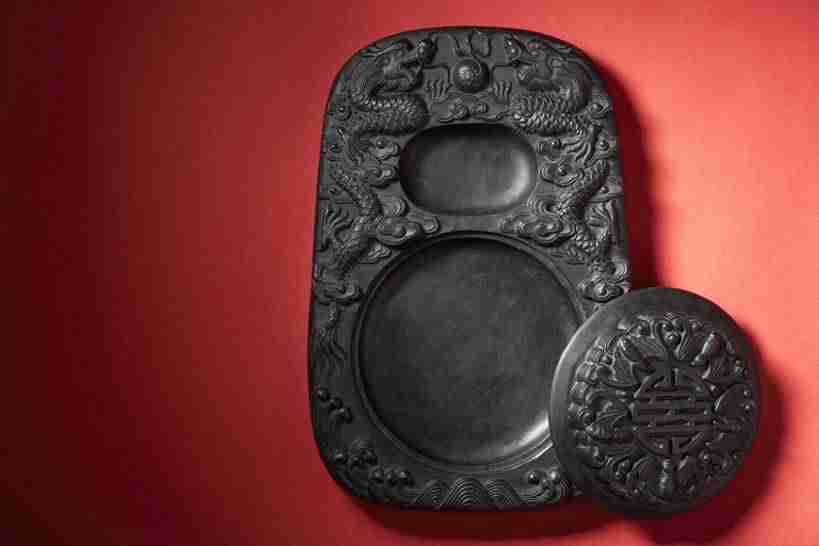
Ink that is formed into the short stack of the hardened glue or pine soot that is rubbed to make the right inkstone consistency. A little water is often added to ensure the best consistency for the paint. Black ink is the main key tone, and black and gray tones are the standard colors in Chinese painting. The black and gray ink is common because it’s what’s used to stabilize the paintings and to make the solid elements of the painting.
- Brushes
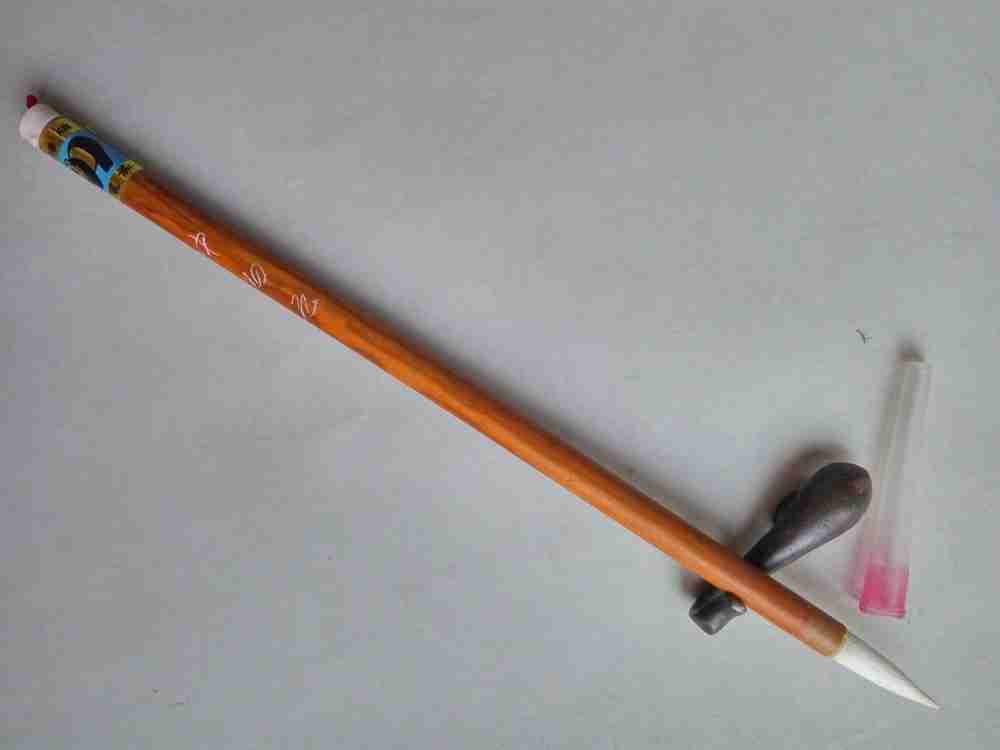
The Chinese paintings feature lines that are also seen in calligraphy with lines. The lines are, however, variable from one school to the other. In most cases, the Chinese paintings use leaf and iron lines. The brush touches are also important in Chinese paintings, and some of the strokes used include slow turning, swift dragging, and sudden stops that allow for the creation of lines in the paintings. These lines are all inspired by calligraphy.
- Paper
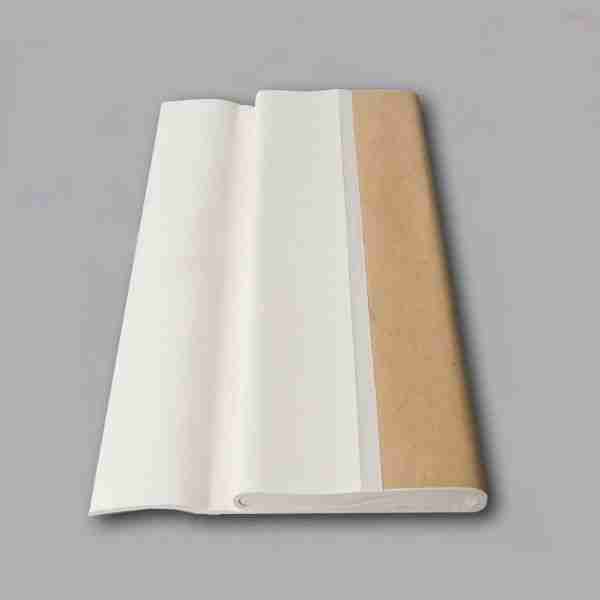
Chinese painters made their art pieces on water-resistant silk cloths. Today, paper is used, specifically water-absorbing cotton paper. The paper used allowed for simple and rough paint strokes rather than complicated and fine brush strokes.
- Color
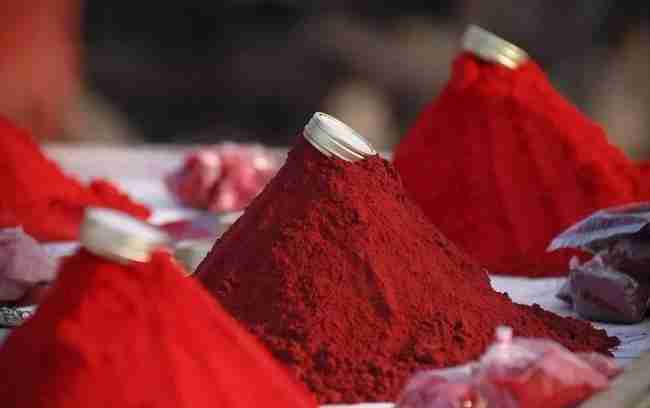
Chinese paintings also feature a lot of colors, which are incorporated to give paintings a more true-to-life effect, and also for some decorative accents. The color in the Chinese paintings was not, however, incorporated as a structural element. The most color options used in the paintings include the brighter and opaque pigments that were derived from natural minerals like the malachites for the color green, azurite for blue, lead, or cinnabar for the color red, and ochre or orpiment for yellow. These colors were used for the paintings on silk. For more delicate effects on paper, red was obtained from madder or safflower; vegetable green, sophora yellow, vegetable green, and indigo blue were used.
What Influenced The Style Of Chinese Picture Painting(Guohua)?
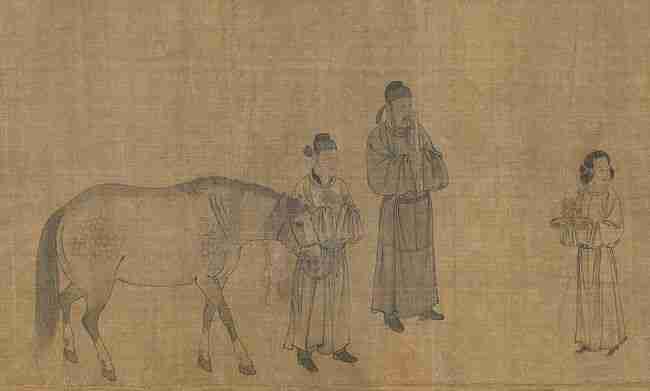
The Chinese picture paintings were influenced by the Chinese philosophies and the aesthetic standard where painters approached their works based on the micro and macro perspectives. The paintings were also influenced by nature, including landscapes, flowers, and birds.
What The Most Common Subject Of Chinese Painting(Guohua)
The primary subjects for the Chinese paintings are:
- Birds and flowers
- Landscapes
- Human figures
3 Types Of Chinese Painting(Guohua)
Based on the themes above, the most common types of Chinese paintings are figure paintings, flower&bird paintings, and landscape paintings.
Famous Chinese Painting Artist
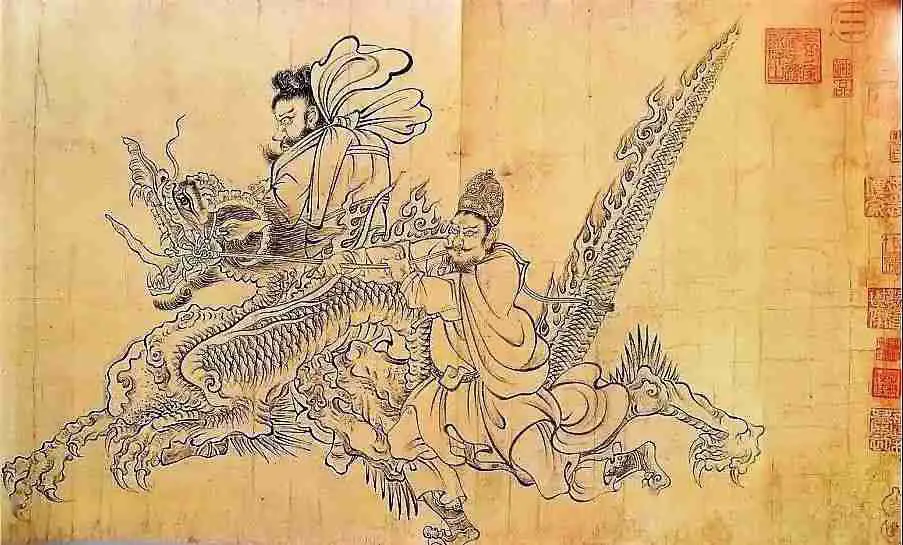
The most notable artists known for Chinese paintings include:
- Gu Kaizhi, who was the most outstanding calligraphers and painter from the East Jin Dynasty, and mastered the three main types of Chinese painting styles. Ode to the Goddess of the Luo River Painting is one of his main works.
- Zhan Ziqian is known for painting the murals of Chang’an, Luoyang, and Yangzhou.
- Yan Liben, a master traditional Chinese painter from a long family line of painters, and known for the portraits like the Thirteen Portraits.
- Wu Daozi – he was known as the Sage Wu, and his main works include the Born of Gautama Buddha.
- Zhang Zeduan – he was great and known for architectural drawings, as well as figure paintings, and also paintings for trees and woods.
- Li Gonglin – was known for painting horses.
- Zheng Banqiao – was known for paintings of bamboo, orchids, pine, and chrysanthemums.
- Shen Zhou – this painter was big during the reign of the Ming Dynasty, and besides painting, he was also known for poetry and literature.